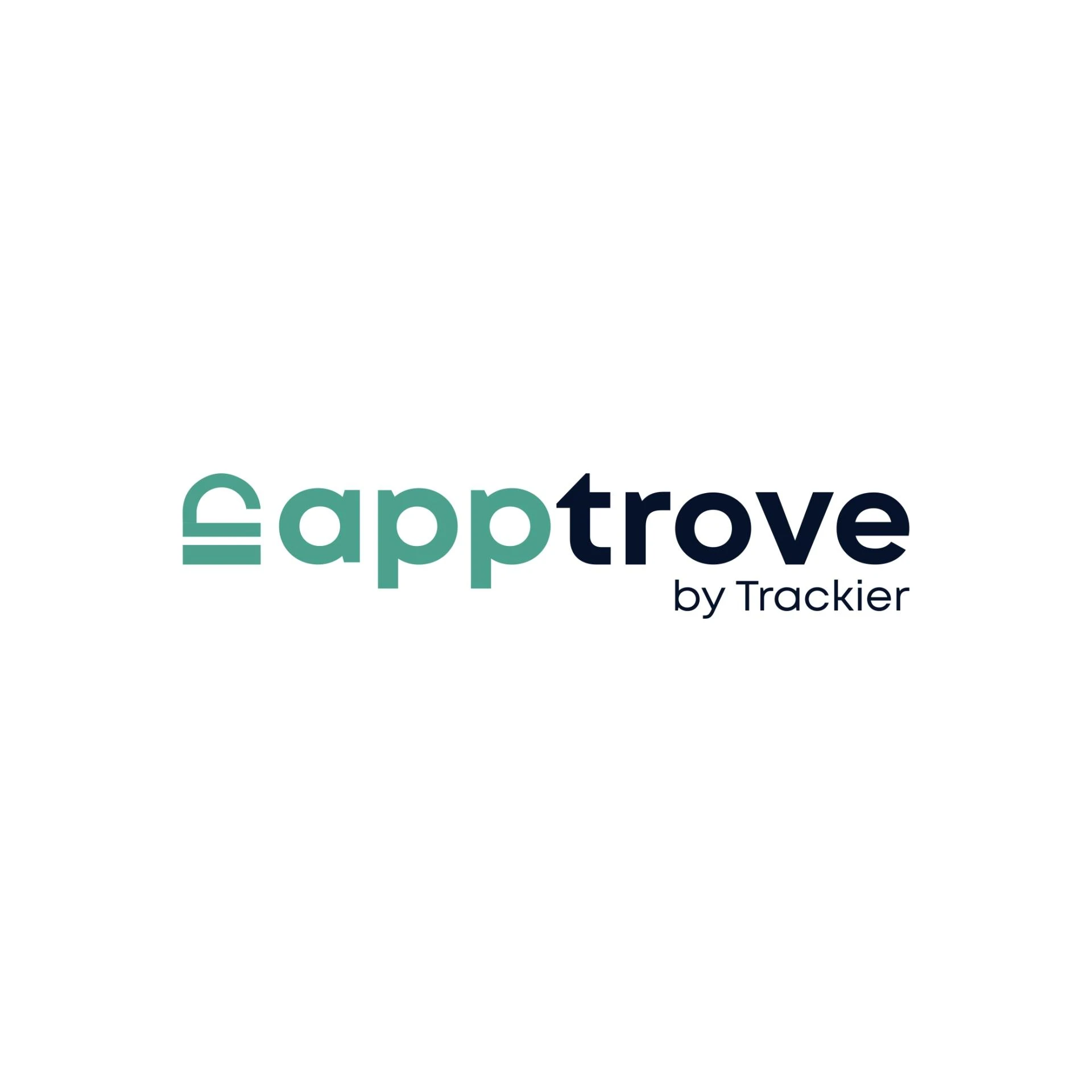OTT (Over the Top) and CTV (Connected TV) are two most the latest innovations in the realm of entertainment. These are also effectively exploited by marketers to promote their business. Since these revolutionary ideas have been used by a tremendous amount of people, advertising through these can result in a high return on investment and customer engagement. Households are starting to use these CTV and OTTs more frequently, which indicates enormous advertising potential. Marketers can use either one or both of these for advertising. Both of them have their advantages and disadvantages.
Tools like Apptrove MMP help advertisers optimize their OTT and CTV marketing campaigns by providing advanced audience segmentation and in-depth performance analytics. Advertisers should carefully analyze this and choose the best option for their business. Let us get into the details of each :
OTT Advertising
OTT (Over The Top) is a method of providing media content to the audience over the internet. Some examples of OTT platforms are Netflix, Hulu, Amazon Prime Video, Disney Hotstar, etc. OTT bypasses other traditional modes like broadcast services, cable cords, and satellites. OTTs are more fascinating to the users than traditional media content. Today, media content is exclusively made up of OTT platforms. Advertising through OTT has become a great venture and profitable way for advertisers. Advertisements are divided into pre-roll, mid-roll, and post-roll according to their position while playing a certain content in OTT. OTT platforms allow telecasting the ads but they will have an expectation which is to be kept up to the mark by the advertisers. If marketers fail to keep up with the standard expected by the OTT platforms the opportunities will be diminished and negatively impact the business.
CTV Advertising
CTV (Connected TV) is a device connected to the internet for watching TV content, OTT, and other media. A smart TV, Gaming Console, or other streaming devices can be some examples of CTVs. The rise in OTT platforms has led to an increase in Connected TVs. Even normal TVs are being converted into smart TVs with the help of gadgets like Amazon Firestick, and Chromecast. People are more and more attracted to CTVs due to their wide range of utilities. Advertising through CTVs can cause more engagement and are interactive. The larger screen and high-quality visuals can help marketers to attract an audience.
CTV VS OTT
There are clear differences between CTVs and OTTs. While OTT is a method of delivering content CTV is the device that we use to watch those content. OTT can work across platforms. The major factor needed for watching OTT content is internet access. Thus, OTTs are used through many devices like PCs, Laptops, tablets, and smart TVs. Connected TVs are usually limited to internet-connected TVs that include gaming consoles, Apple TVs, etc. The user interaction with OTT is using websites and mobile applications while user interaction is through remote controls and connected device interactions. CTV content is limited to the physical location of the TV while OTT content can be accessed at any physical location. Data usage in OTT can be regulated by adjusting the video quality of the content. Since OTT can be accessed on smaller screens like mobile phones, this reduction is not very evident when watching. On the other hand, CTVs often prioritize higher data usage due to the higher quality stream because of the larger screen size. In OTT there are different modes of advertisement such as subscription-based, ad-supported, etc. CTV advertisements are based on user data and ads are provided through OTT services.
Benefits Of OTT and CTV Advertising
There are extensive variety of benefits to using OTT and CTV for advertising and brand promotion. Many of the benefits are common to both as both are closely connected and work similarly. Some of the benefits are :
- Target Advertising - Both OTT and CTV use a broad range of data to analyze their audience and advertise accordingly. The targeting can be based on demographics (age, gender, income), geography (specific region, location), behavior (viewing habits, interests), etc. This targeting strategy also leads to the personalization of advertisements.
- Ad Formats - There are different types of ads used in OTT platforms. Pre-roll, mid-roll, and post-roll are the common ways in which ads are placed. In OTT the ads can be of different types, in CTV customers prefer mostly the traditional type of ads of 30 seconds or more long video content.
- Measurement - While advertising in OTT different metrics should be carefully measured for improving the marketing strategy. In CTV it is the DSP that matters. DSP refers to demand-side platforms. They facilitate the relationship between advertisers and publishers. The measurement of metrics in OTT and CTV is comparatively easy.
Now we have discussed the various aspects of OTT and CTV advertising. It is essential to know the difference between the two for effective marketing. You must also understand that to exploit the maximum potential of your business you can use the services of firms like Apptrove MMP that provides many exceptional services. Apptrove with its first-class mobile marketing platform can be a great help for your business and can act as a constant companion till you establish a clear position in the market.


